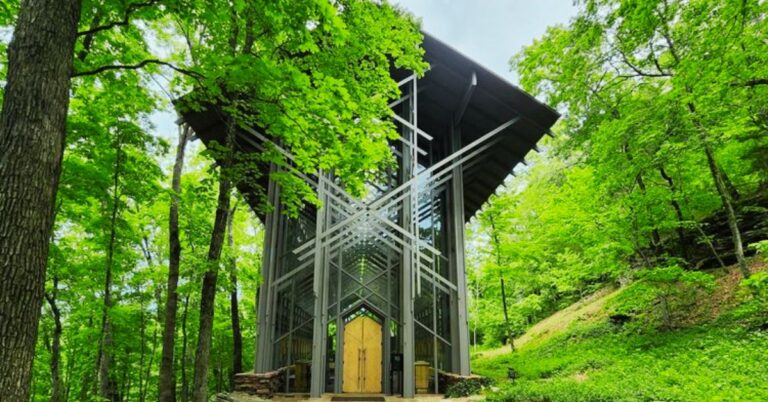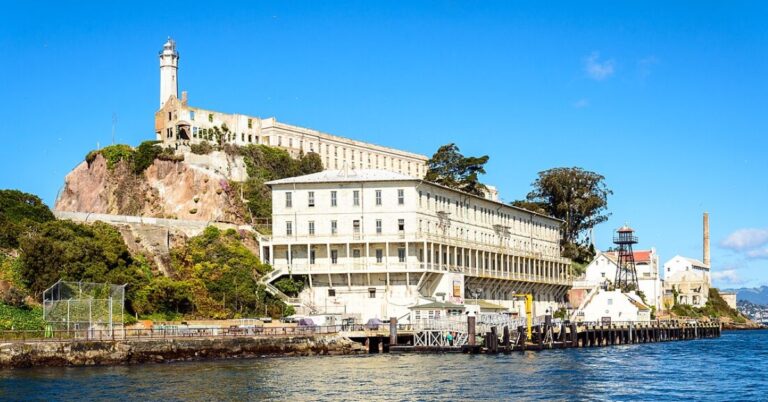25 Offbeat Historic Sites To Visit Across Germany

Germany’s past lingers in towers, cathedrals, castles, and quiet corners where stories still cling to the walls. Beyond the crowds and polished postcards lies another side, less expected but more rewarding. For those curious enough to look past the usual stops, these 25 offbeat historic sites offer something worth remembering.
Quedlinburg Old Town, Saxony-Anhalt

Cobbled streets wind through half-timbered houses in this medieval gem. Quedlinburg survived WWII with minor damage, preserving over 1,300 historic buildings. Its Romanesque church and Renaissance-era market square feel like a time capsule that somehow escaped modern change.
Bamberg’s Old Town Hall, Bavaria
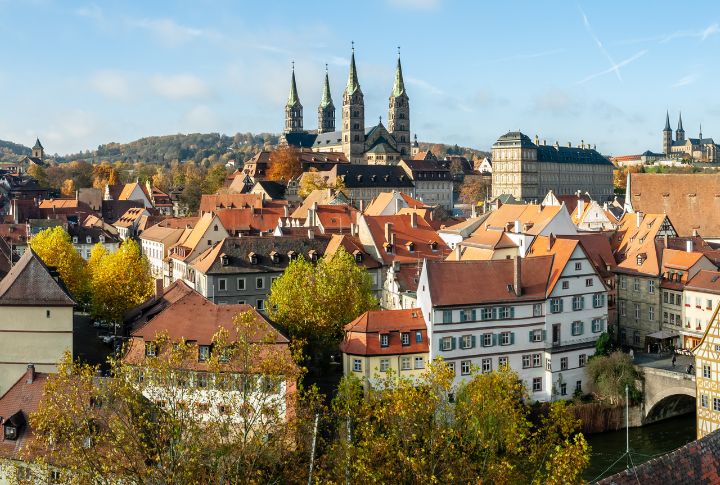
Balanced between two bridges, this whimsical baroque landmark seems caught in midair. Bamberg’s Old Town Hall was built on an artificial island after locals and bishops couldn’t agree on land. Step inside for vivid frescoes, but the real charm is how the whole building proudly wears its odd origin story.
Heidelberg Castle Ruins, Baden-Wurttemberg
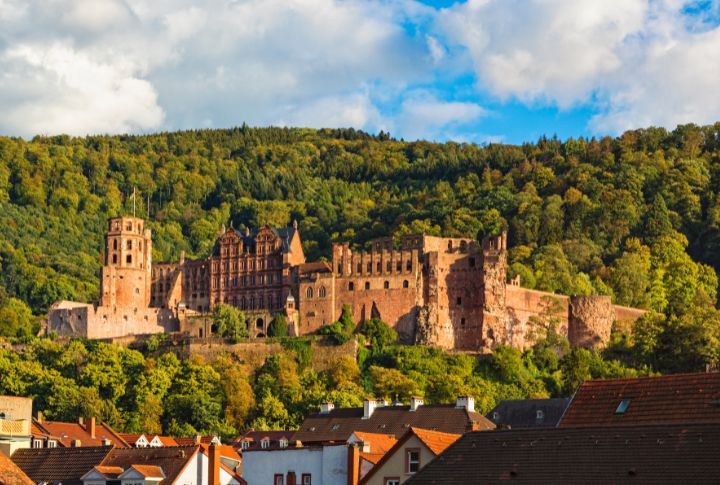
High above the Neckar River, broken towers and ivy-covered walls whisper of lost grandeur. Heidelberg Castle previously echoed with royal celebrations. Now, its weathered arches and dramatic views draw travelers looking for something less polished—and far more haunting—than Berlin’s palace perfection.
Speyer Cathedral, Rhineland-Palatinate
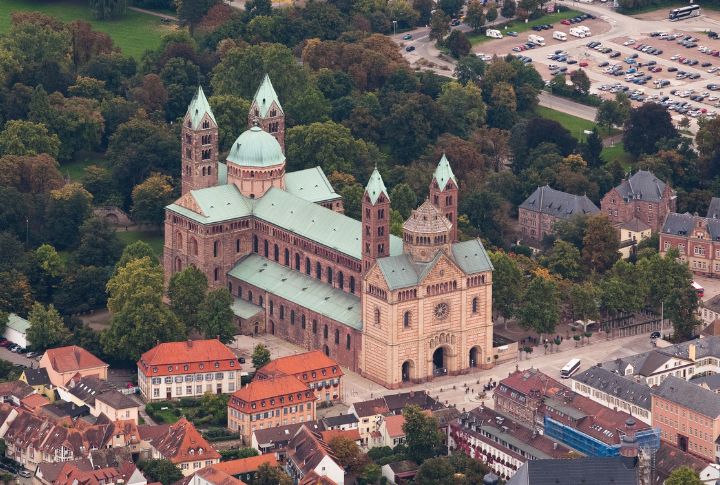
Construction began in 1030; centuries later, this massive cathedral still stands firm. Its thick stone walls showcase the reach of Romanesque design. Beneath the floor, German emperors lie in crypts; their memory echoes through arched halls that carry the quiet weight of time.
Wartburg Castle, Thuringia
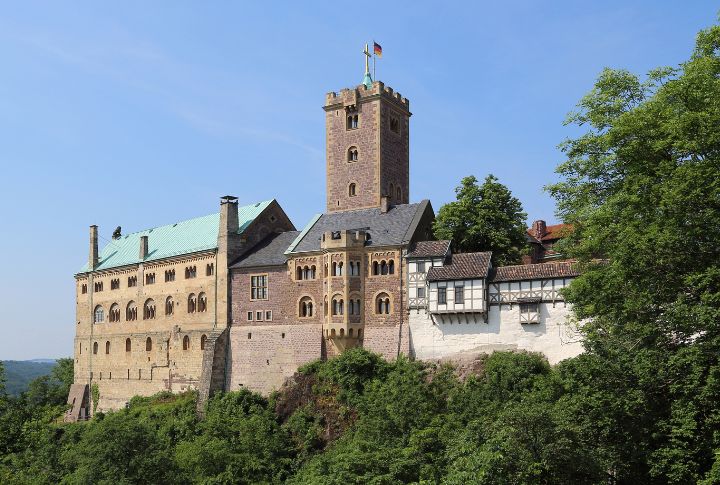
Stories cling to every stone in this hillside fortress. Wartburg Castle once hid Martin Luther as he translated the Bible into German, one page at a time. Wandering its frescoed halls or gazing out from its wooded perch feels like flipping through a living history book with a few secrets hidden.
Regensburg Stone Bridge, Bavaria

In the 1100s, this stone bridge linked east to west across the Danube like a medieval highway. Traders, knights, and royalty passed through long before Berlin grabbed the spotlight. Today, its solid arches hold up tourists and locals instead of clattering carts and royal processions.
Goslar Imperial Palace, Lower Saxony
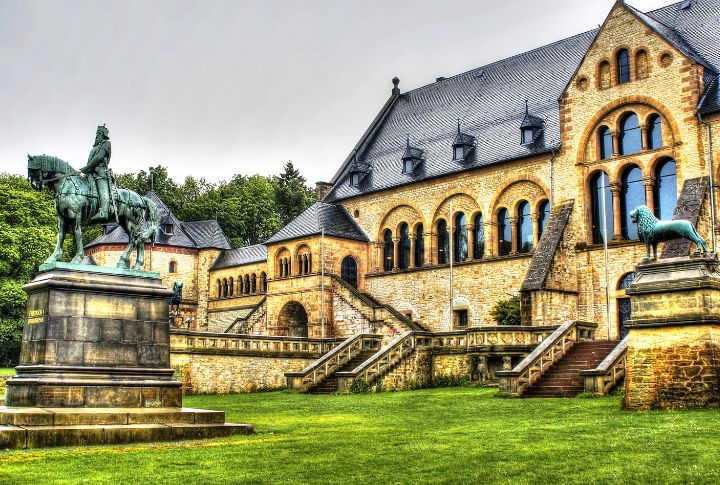
Power once moved on horseback, and this palace was one of its stops. The Kaiserpfalz in Goslar was a royal HQ during the Holy Roman Empire. Inside, carved ceilings and echoing stone halls tell stories of emperors who ruled on the go, pausing here before continuing their empire-wide rounds.
Lorsch Abbey Gatehouse, Hesse
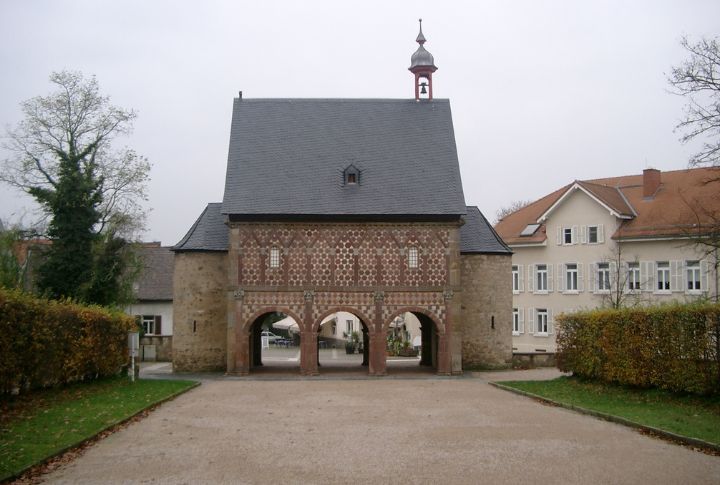
The abbey may be long gone, but its gatehouse still turns heads. This rare Carolingian gem, constructed around 800 AD, shows off layered arches and checkerboard stonework that dodged centuries of upheaval. It’s one of Germany’s last surviving pre-Romanesque buildings—and it wears its age like a crown.
Maulbronn Monastery Complex, Baden-Wurttemberg
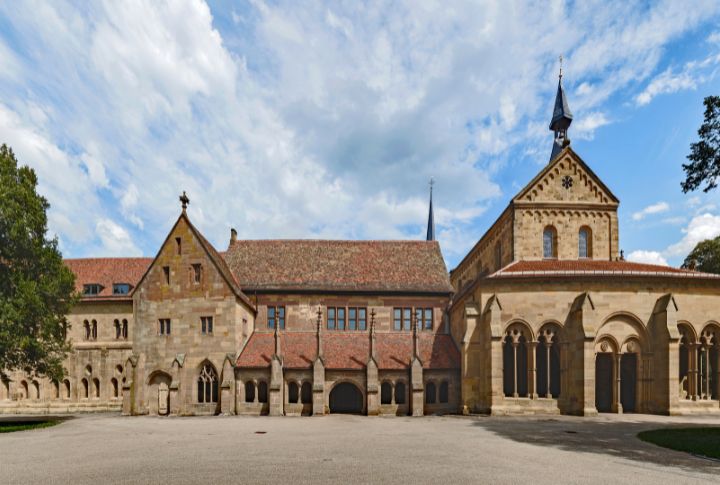
Stone corridors wind around a peaceful fountain that once served Cistercian monks. This 12th-century monastery sits in the hills and holds some of the finest medieval craftsmanship in Europe, including a Gothic chapter house that has barely aged. It may not be on every tourist’s radar, but that makes it special.
Weimar’s Goethe House, Thuringia
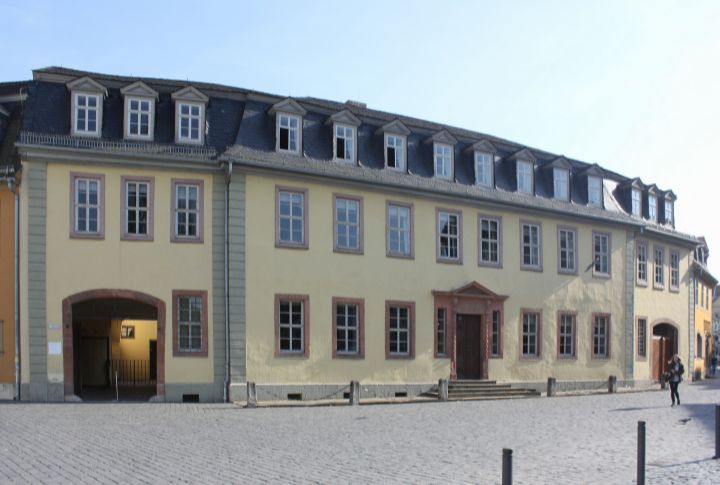
Before Berlin became a cultural hub, Weimar was already buzzing with ideas. Goethe called this ochre-colored house home and filled its rooms with handwritten pages and lively exchanges that helped shape German literature. Looking around today, it feels as though he just stepped out. His belongings remain just where he left them.
Magdeburg Cathedral, Saxony-Anhalt
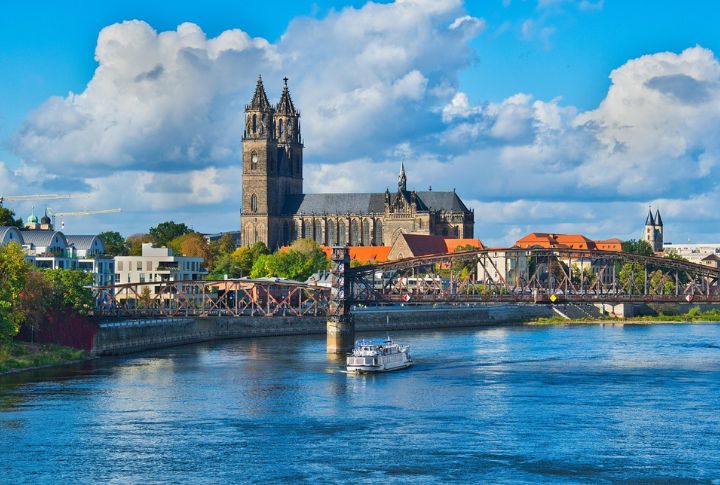
Spikes of stone stretch into the sky, casting long shadows over Magdeburg. Inside this towering Gothic cathedral lies the tomb of Emperor Otto I, the first Holy Roman Emperor. With soaring columns and solemn beauty, it stands tall—literally and historically—next to any monument in Germany’s capital.
Celle Palace, Lower Saxony
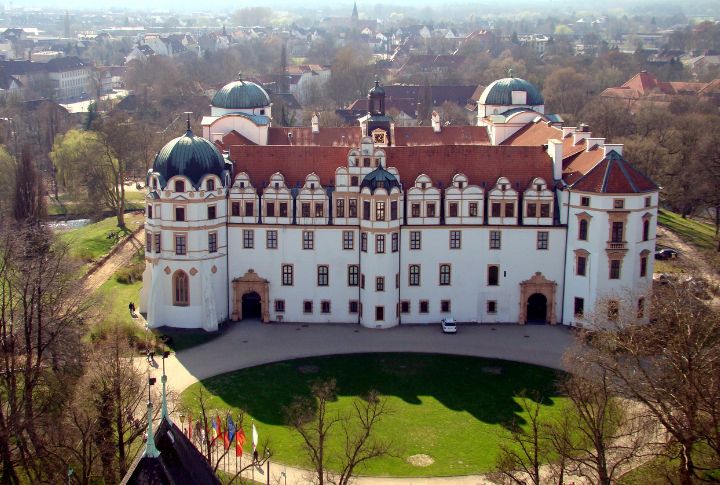
Royal summers once played out behind these rosy walls. Celle Palace blends Renaissance grace with baroque flair, and its ornate theater still stages shows beneath frescoed ceilings. Far from the bustle of Berlin, it brings history to life with elegance woven into every painted detail.
Speicherstadt, Hamburg
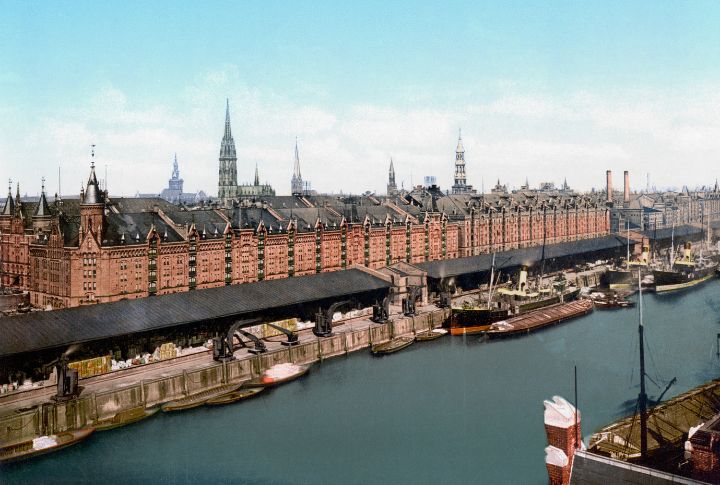
Rows of red-brick buildings line narrow canals, giving this district its storybook look. Speicherstadt now buzzes with cafes and photo stops, but it once stored tea, spices, sugar, and Persian carpets. Built on oak piles in the late 1800s, it became the largest warehouse complex of its kind, right on the water.
Eltz Castle, Rhineland-Palatinate

Hidden deep within a forested valley, Eltz Castle feels straight out of a storybook. Owned by the same family for over 850 years, it houses original furniture and artifacts. Its towering walls and pointed roofs create a timeless silhouette that few castles in Germany—or anywhere—can compete with.
Nuremberg’s Medieval Walls, Bavaria
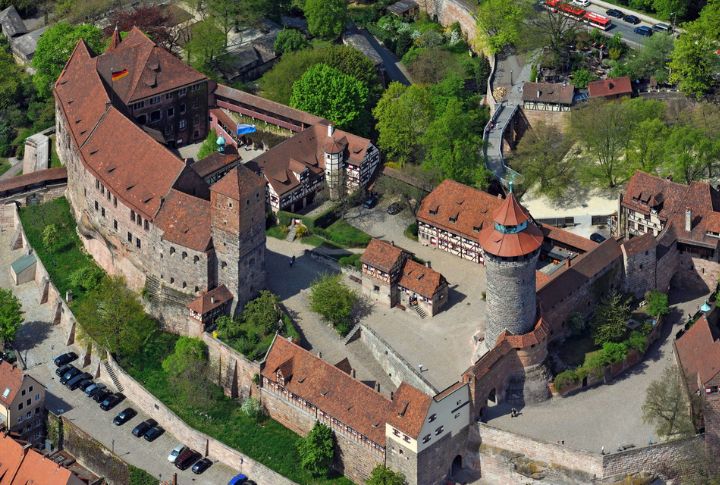
Sandstone ramparts still circle this historic city, enclosing streets shaped by centuries. Once a shield against invaders, the walls now guide visitors past Gothic towers and market squares. Some watchtowers are open to climb, giving a glimpse into the city’s past defenses from inside the stone walls.
Xanten Archaeological Park, North Rhine-Westphalia
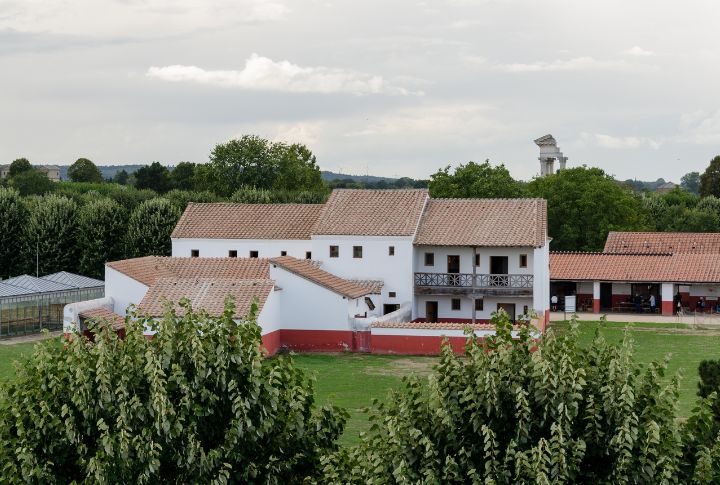
Open fields now hold the bones of what was once a thriving Roman city. Xanten buzzed with temples and bathhouses centuries ago. Today, carefully rebuilt structures bring that past to life, allowing visitors to wander through a forgotten chapter of Roman history hidden from Germany’s busy urban centers.
Erfurt Synagogue, Thuringia

Stone walls nearly a thousand years old rise quietly in Erfurt’s old town. This synagogue, built in the 11th century, survived through layers of history and change. Beneath it, archaeologists uncovered a medieval coin hoard, adding mystery to a sacred space already rich with memory.
Aachen Cathedral, North Rhine-Westphalia
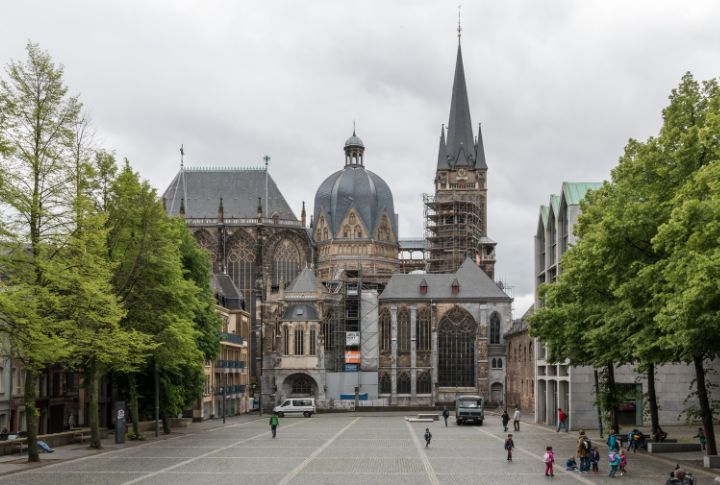
Charlemagne built this cathedral in the 8th century and saw emperors crowned under its octagonal dome. A stunning mix of Carolingian and Gothic styles, the cathedral dazzles with golden mosaics and smooth stone, each detail echoing its rich spiritual history.
Lubeck’s Holstentor, Schleswig-Holstein
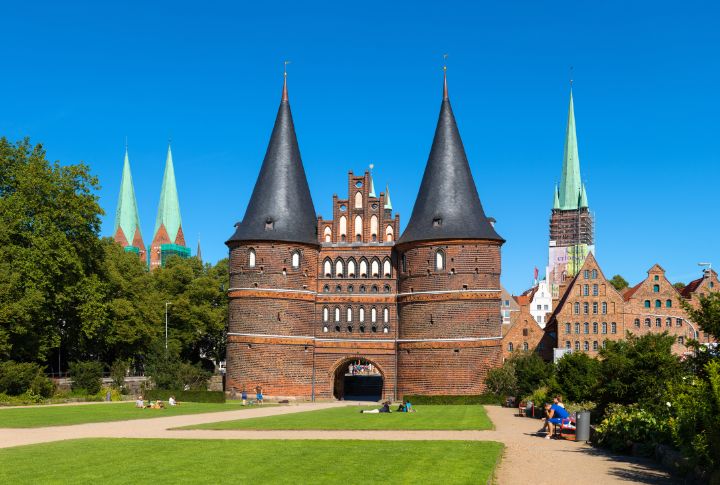
Brick towers stand firm at the edge of Lubeck’s old town, a gateway initially designed to guard trade moving across the Hanseatic League. Though the walls lean slightly with age, they carry the weight of time and the pride of a city founded on salt and savvy commerce.
Halle’s Market Church, Saxony-Anhalt

The skyline of Halle is marked by the spiky towers of its Market Church, where faith, music, and history intertwine. Handel once played the organ here, and Luther’s features rest in the crypt. The church’s vast halls echo the cultural changes that define the city.
Trier’s Porta Nigra, Rhineland-Palatinate
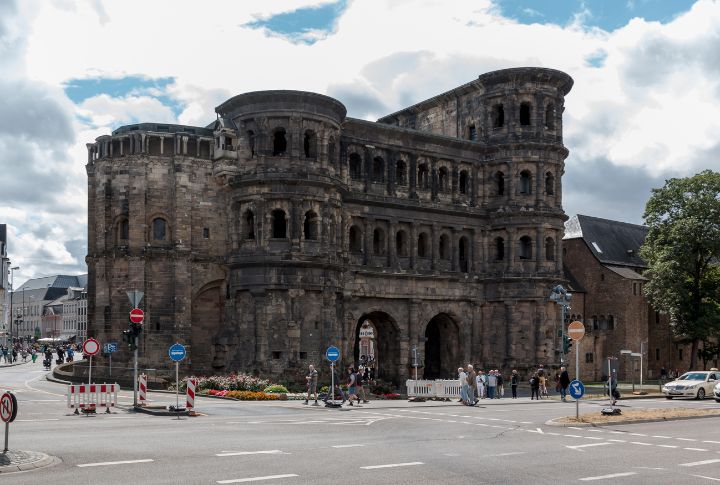
Massive stone blocks rise like a fortress from another time. Built by the Romans nearly 1,800 years ago, Porta Nigra still stands as Germany’s largest ancient gate. Walking beneath its dim arches feels less as if you’re sightseeing and more like entering a city that never truly vanished.
Wismar’s Brick Gothic Churches, Mecklenburg-Vorpommern
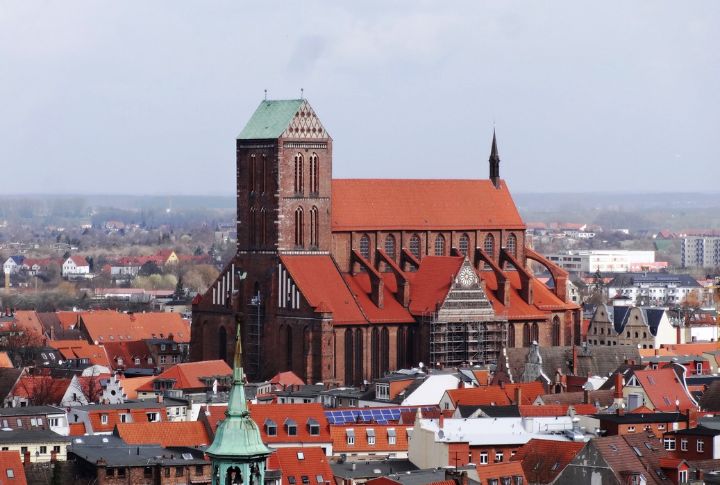
Red-brick towers cut into the sky above Wismar’s harbor. St. Nicholas and St. Mary’s Church showcase the city’s medieval wealth, shaped during its Hanseatic League heyday. Sea winds move along narrow streets, brushing against spires that rose long before Berlin’s skyline ever did.
Schwerin Castle, Mecklenburg-Vorpommern
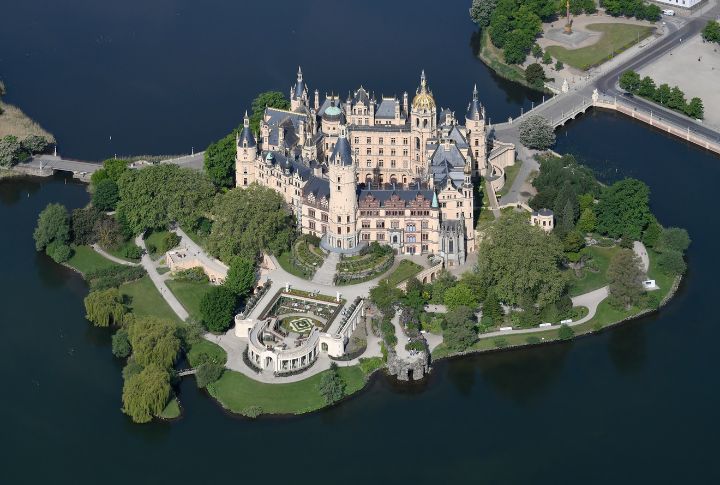
Golden spires rising above calm water reflect a palace that resembles a fairy tale rather than a government seat. Schwerin Castle earlier housed dukes and now hosts parliament, but its gardens and grand halls continue to pull visitors into a world far removed from Berlin’s pace.
Bad Wimpfen Blue Tower, Baden-Wurttemberg
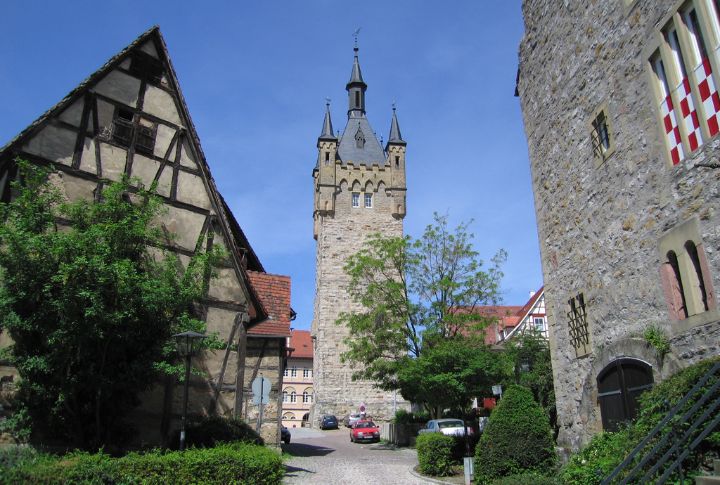
Above a patchwork of timbered roofs, the Blue Tower stands watch. Previously part of a mighty Staufer fortress, it overlooks the Neckar River valley below. Tourists rarely crowd its steps, which makes the view and the quiet medieval charm all the more rewarding.
St. Michael’s Church, Hamburg
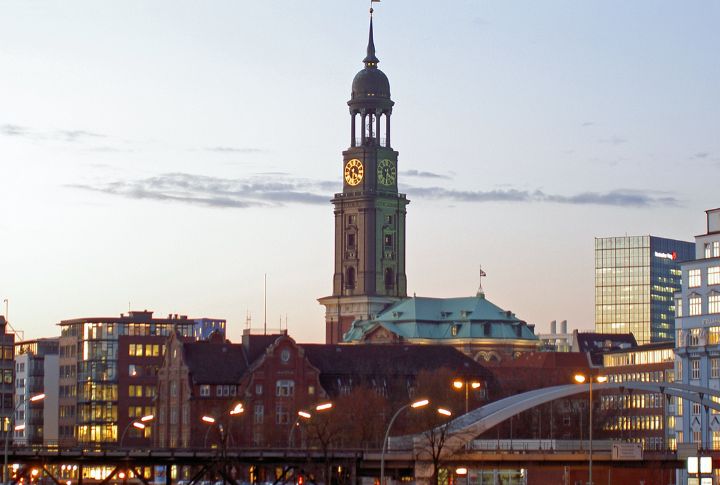
Locals call it “Michel,” a copper-capped landmark that watches Hamburg’s harbor. Struck by lightning and nearly lost on multiple occasions, the baroque church has always come back stronger. Head up the tower for wide-open views and traces of history carved into every worn step.

